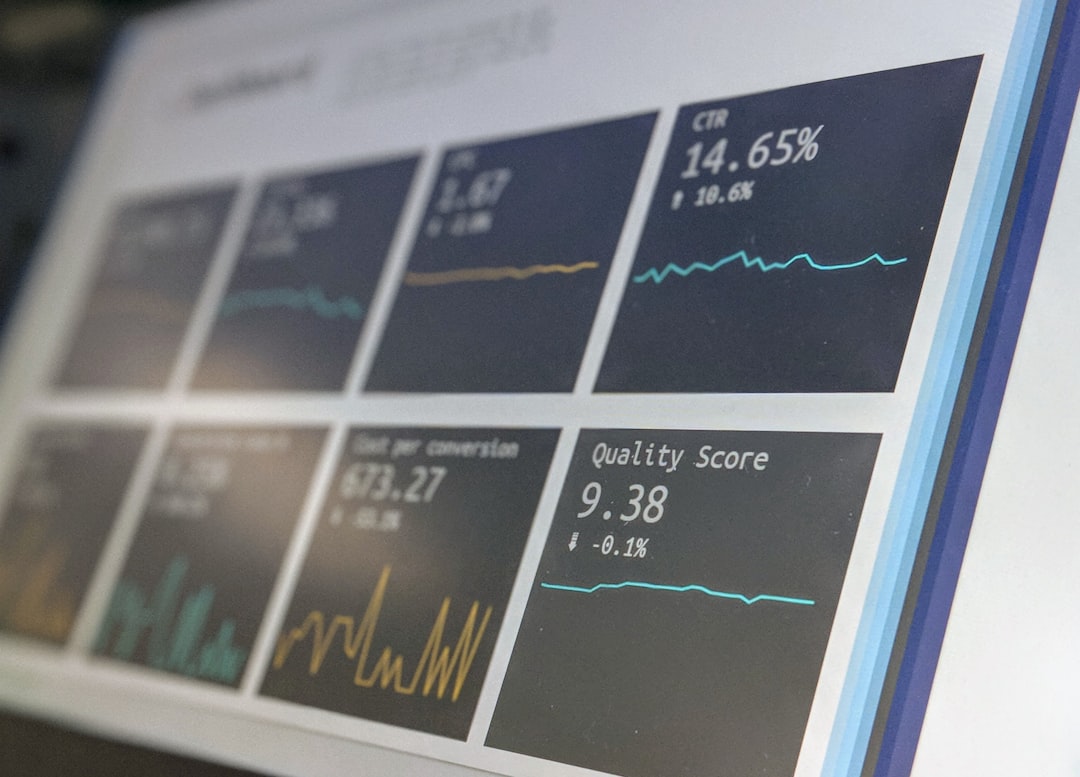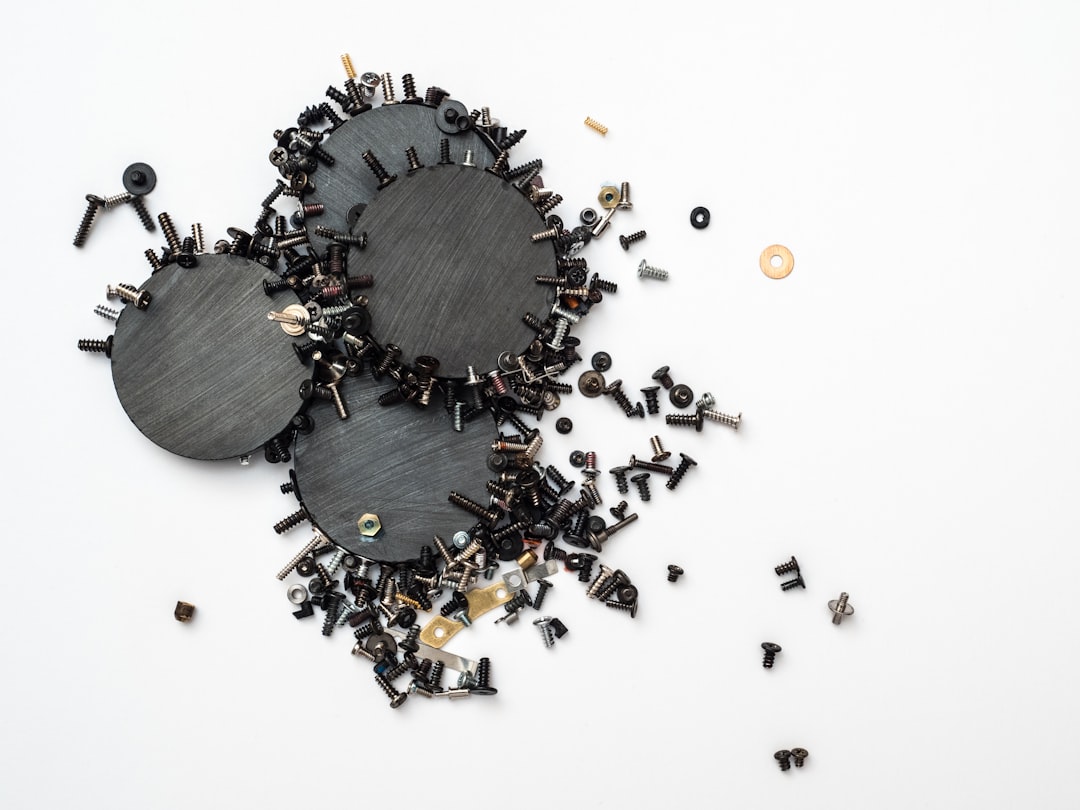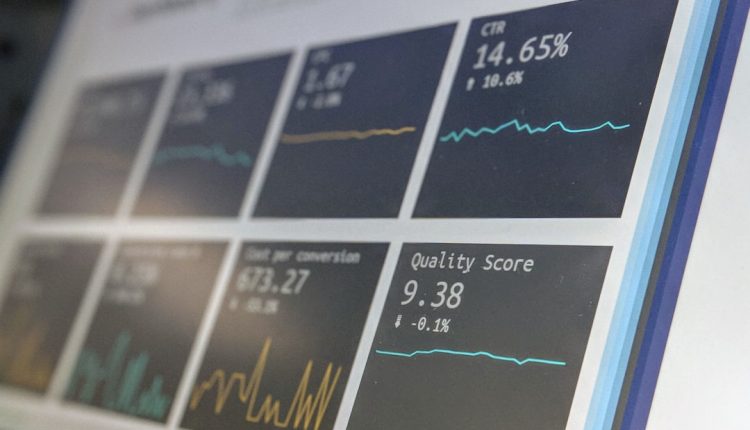Corrupted MP4 video files can be frustrating, especially when they contain important memories, professional recordings, or content critical to your work. Thankfully, multiple methods exist to repair corrupted MP4 files, and many of them are dependable even without advanced technical knowledge. Below, we explore three successful methods that can help you recover your damaged MP4 files, restoring them as close as possible to their original state.
1. Using Professional Video Repair Software
Table of Contents
One of the most reliable ways to repair a corrupted MP4 file is by using a dedicated video repair tool. These tools are specifically designed to address a range of video issues, including corrupted headers, track problems, or playback errors.
Recommended Tools:
- Stellar Repair for Video – Supports a variety of video formats and offers deep file analysis and recovery. Ideal for severe corruption.
- Wondershare Repairit – Offers a user-friendly interface and efficient repair features that work well for MP4 files of all sizes.
- Remo Repair MOV – Although designed for MOV files, it also works effectively on MP4 videos.
How It Works:
- You select the corrupted video file.
- The software analyzes the file’s structure and compares it to a healthy video sample (in some cases).
- It then creates a new copy of the file from the identified healthy data.
It’s important to avoid overwriting the original corrupted file. Always work with a backup copy, especially when testing repair tools.

2. Repairing via VLC Media Player
While primarily a media player, VLC Media Player comes with a set of hidden features that can also be used to repair minor MP4 corruption. This free, open-source tool provides a “Convert/Save” feature that can re-encode your MP4 file and occasionally fix inconsistencies in the process.
Steps to Repair MP4 in VLC:
- Open VLC and go to Media > Convert/Save.
- Select the corrupted MP4 video file.
- Click “Convert/Save”, choose the desired output format (MP4 is fine), and select a destination filename.
- Start the conversion process.
Alternatively, if VLC identifies the file as potentially playable but corrupted, it may automatically offer to fix the video by replacing the damaged index. In this case, choose “Always Fix” when prompted.
Limitations: This method may not fix severely damaged files, especially if metadata or essential portions of the video stream are missing.
3. Repairing MP4 Files through FFmpeg
For users with some technical expertise, FFmpeg is one of the most powerful and flexible multimedia frameworks available for free. It can often help repair corrupted MP4 files by re-packaging them or stripping away problematic data.
Common FFmpeg Command to Repair MP4:
ffmpeg -i corrupted.mp4 -c copy output.mp4This command attempts to copy the audio and video streams into a new container without re-encoding. The result may fix structural issues if the problem lies in the file container rather than the actual stream data.
For more serious damage, you might need to use advanced settings or combine FFmpeg output with other software tools.

Note: FFmpeg does not always work well on files that are damaged beyond the container level. However, it is an excellent tool for those willing to dive a little deeper into video file structure.
Prevention and Best Practices
While it’s good to know how to recover corrupted MP4 files, prevention is always better than cure. Implement the following best practices to reduce the risk of corruption:
- Avoid interrupting recording or transfer processes. Always properly eject external drives and wait for writes to complete.
- Use reliable storage solutions such as SSDs or high-quality memory cards.
- Back up important videos to multiple locations, such as cloud storage and an external hard drive.
Conclusion
Corrupted MP4 video files don’t have to mean lost content. With the right tools and methods, such as professional repair software, VLC Media Player, or FFmpeg, you can recover your files and restore functionality. While no solution guarantees 100% recovery, these three methods offer the best chance of success for most types of video corruption.
Always remember to act quickly and preserve your original damaged file. With care and the proper approach, repairing MP4 files becomes a manageable task, even after unexpected damage.

